Ours is a holistic approach that does not hinder the physiological processes of the body. It's an approach that encourages the restoration of balance, by combatting the causes of symptoms as efficiently as possible and ensuring fast relief.
Symptoms and relief
SELECT YOUR NEED

Menopause
A stage of life that every woman faces in her own way
Menopause represents the stopping of menstrual cycles. It is diagnosed after 12 consecutive months of no menstruation and is the consequence of the depletion of the ovarian follicles. Biochemically, this results in a marked increase in the circulating levels of follicle-stimulating hormone (FSH) and luteinizing hormone (LH) and a decrease in estrogen and progesterone production.
The period leading up to menopause (perimenopause, also known as premenopause) is the most problematic and is the one in which women experience the most discomfort. During this phase, hormonal disruption and imbalance leads to multiple issues such as: menstrual irregularity (in terms of the duration and frequency of cycles), mood swings, anxiety, depression, sleep changes, hot flashes, night sweats, hair loss, progressive bone weakening and weight changes.
The type and intensity of symptoms are different for each woman and are influenced by the lifestyle led up to that time.
Menopause is A NEW PHASE OF LIFE THAT EVERY WOMAN SHOULD BE ABLE TO ENJOY IN PEACE AND IN A NATURAL WAY ACCORDING TO HER OWN NEEDS.

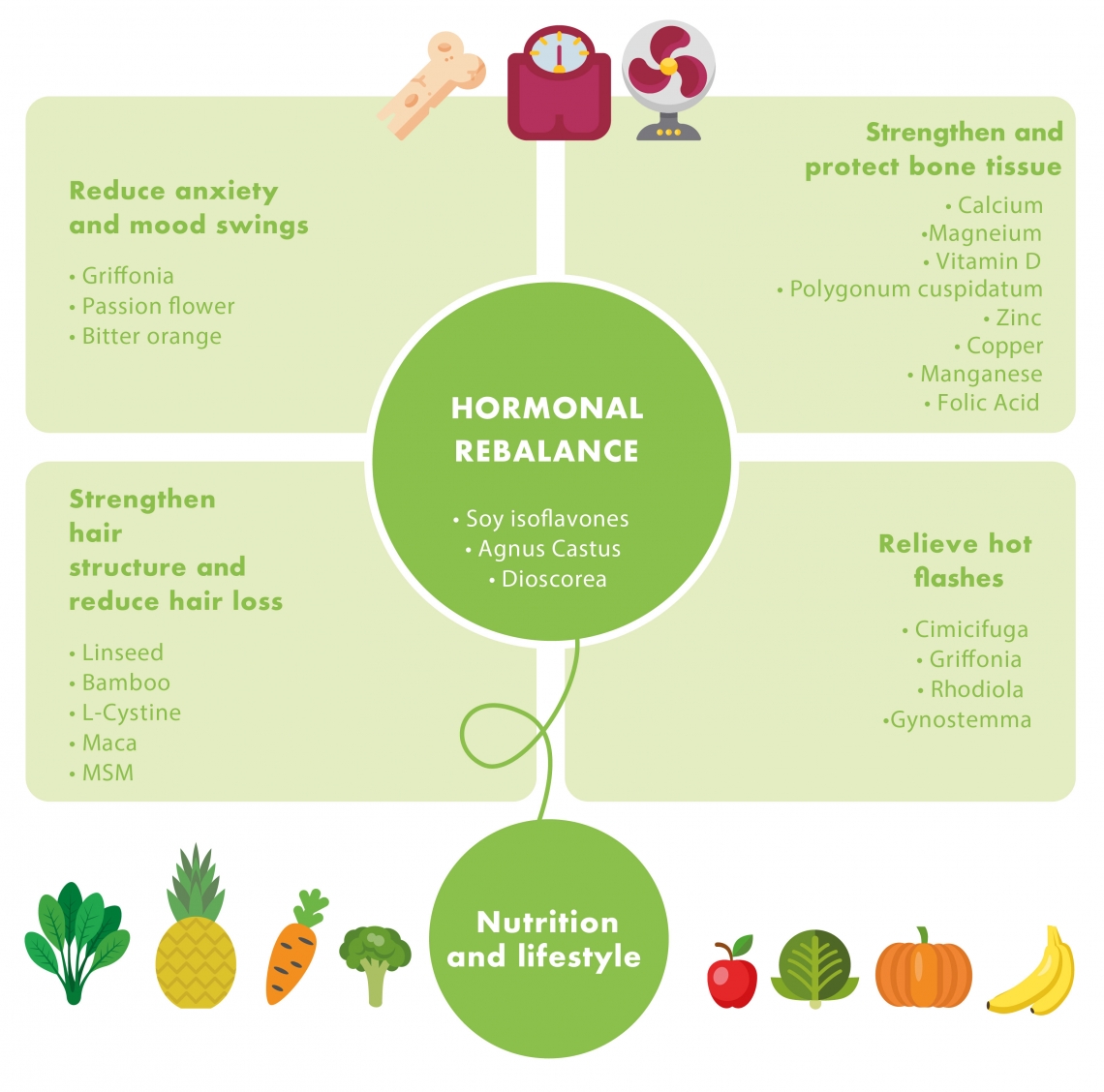
SOY ISOFLAVONES
Soy Isoflavones have a similar structure to physiological estrogens and are able to bind to estrogen receptors, albeit with a lower affinity, helping to balance hormone levels. They act both when endogenous estrogens are in excess (ANTI-estrogenic action) and when there is a deficiency in endogenous estrogens (PRO-estrogenic action). They also help to effectively control plasma lipids (cholesterol and triglycerides) and have a powerful antioxidant action on tissues, preventing damage from free radicals and aging.
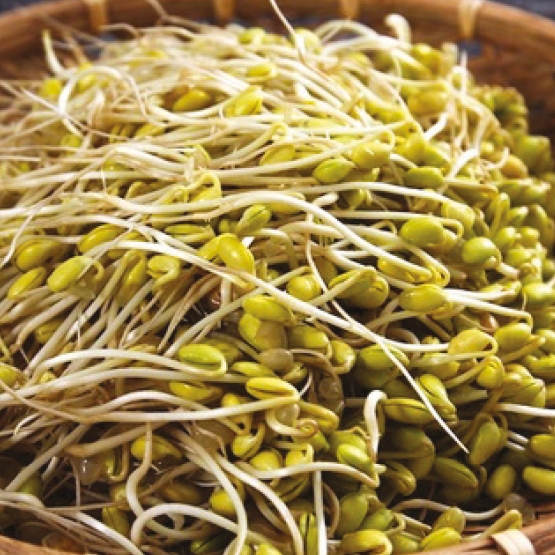
DIOSCOREA AND CHASTEBERRY
These are plants traditionally used in herbal medicine for women's issues, which act synergistically by enhancing the progestin component over the estrogen component and helping to normalize the estrogen/progesterone balance when it is altered or insufficient, such as during menopause. Chasteberry is also able to stimulate melatonin production, promoting relaxation and improving sleep quality.
BLACK COHOSH
The root of this North American native plant is traditionally used to relieve hot flashes and other symptoms of vasomotor syndrome. Its active ingredients, triterpene glycosides, have been shown to act on the pituitary gland, decreasing the LH hormone's concentration.
GRIFFONIA
The seeds of this African plant are rich in 5-hydroxytryptophan (5-HTP), an amino acid that is a direct precursor of serotonin. During absorption, 5-HTP is converted to serotonin and other neurotransmitters (endorphins, melatonin, dopamine), stabilizing mood, calming palpitations associated with hot flashes and giving a general sense of relaxation and well-being.
RHODIOLA AND JIAOGULAN
These are plants with extraordinary tonic-adaptogenic properties, which act by strengthening immune defenses and increasing psycho-physical energy, thus enhancing a woman's ability to adapt to the profound changes of the menopause. Rhodiola can positively influence endorphin and serotonin levels, affecting mood. Jiaogulan has a calming action and promotes nighttime rest. It is also known to have direct effects on the circulatory system and in the normalization of blood pressure.
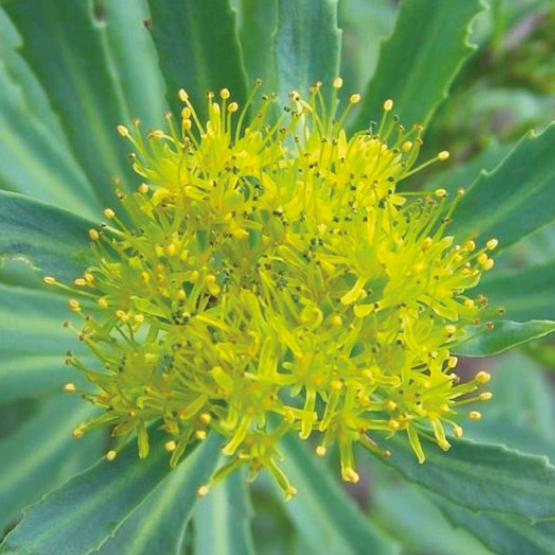
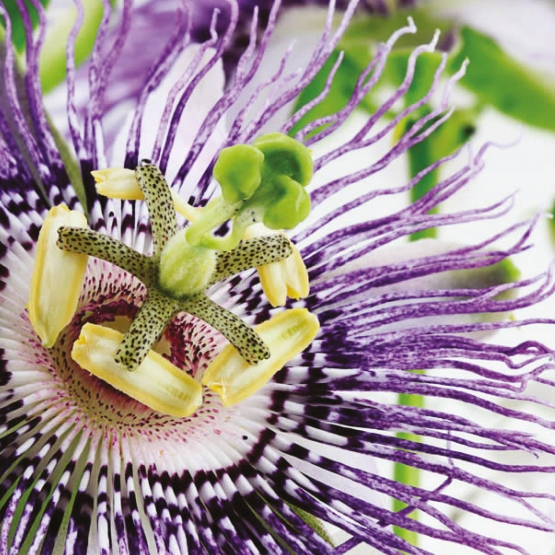
PASSIONFLOWER
Many preclinical studies have confirmed the sedative and anxiolytic effect of Passionflower. In a randomized and controlled pilot study, a Passionflower extract was compared with oxazepam, a synthetic anxiolytic. At the end of the 4-week study, Passionflower extract was shown to be as effective as benzodiazepine in anxiety disorders, without the typical drug side effects such as drowsiness, confusion and memory loss.
BITTER ORANGE
Bitter Orange flowers are rich in aromatic substances with antispasmodic, relaxing and calming properties. They are particularly indicated for states of nervous excitability such as those arising from hormonal imbalance and periods of changes in general. They have a harmonizing action on the nervous system, particularly on neurovegetative dystonias (palpitations, insomnia) and gastrointestinal disorders of psychosomatic origin.
FLAX SEEDS
A very rich source of omega-3 and omega-6 fatty acids, key nutrients for skin and hair, Flax seeds contains lignans, a class of phytoestrogens known for their antioxidant and hormone-regulating properties. Recently, flax seed extract has been used with good results in the treatment of androgenetic alopecia, and its effects have been traced to the inhibition of 5-alpha-reductase enzyme activity and a decrease in dihydrotestosterone (DHT), resulting in reduced hair loss.
BAMBOO, CYSTINE AND MSM
Hair is particularly sensitive to the supply of two important nutrients: silicon and sulfur. Bamboo extract provides silicon to the body in a highly bioavailable form, thus contributing to the formation of hair keratin and giving it strength and flexibility. The amino acids Cystine and Methylsulfonylmethane (MSM) are rich sources of sulfur, which can be easily utilized by the body, stimulating the hair's anabolic processes and keratin synthesis and promoting physiological hair growth.
MACA
The root of this plant of Peruvian origin is extremely rich in minerals, vitamins, fatty acids and essential amino acids, which are important for keratin formation and hair growth. It increases the body's resilience to mental and physical stress and optimizes cellular metabolism. It also has an effective rebalancing action on the endocrine system, particularly the hypothalamic-pituitary-gonadal axis.
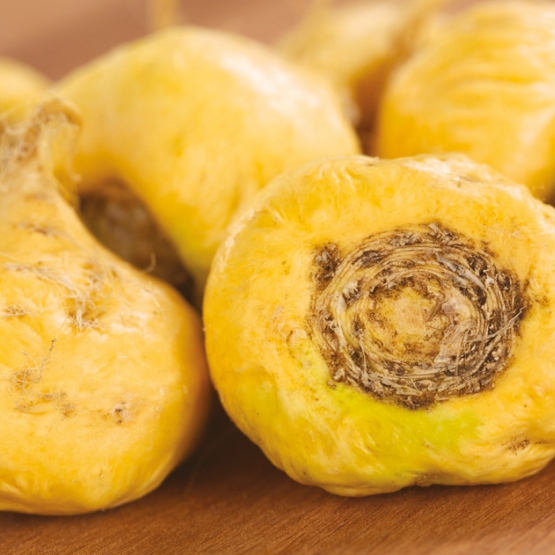
CALCIUM, MAGNESIUM AND VITAMIN D
These three nutrients are essential for the well-being of the skeletal system, especially during menopause, when the protective effect that female hormones exert on bone tissue is lost. Calcium is essential for the formation and maintenance of bone structure. Vitamin D and Magnesium play a crucial role in regulating Calcium metabolism by promoting its intestinal absorption and its utilization by bone tissue (mineralization). Numerous studies have also confirmed Magnesium's ability to effectively improve bone density in women with osteoporosis.
JAPANESE KNOTWEED
This plant is a rich source of resveratrol, a polyphenolic substance whose protective effect on bone tissue has been demonstrated in recent studies. Resveratrol is a powerful antioxidant and can protect collagen from oxidative stress. In addition, resveratrol is a phytoestrogen that protects bone tissue due to its mild estrogen-like effect.
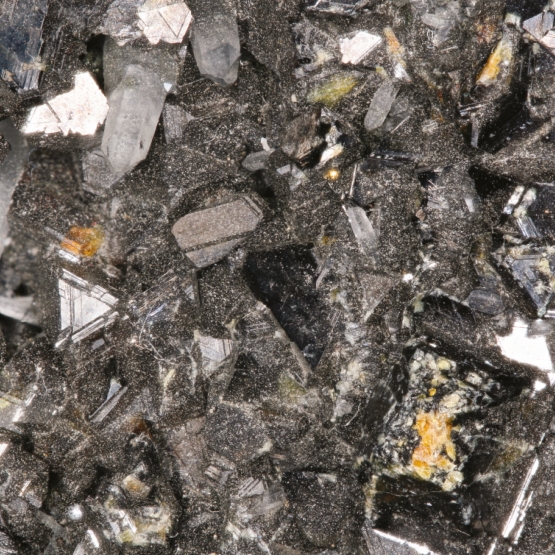
ZINC, COPPER, MANGANESE AND FOLIC ACID
These nutrients have a synergistic action on bone mineralization processes and collagen formation, helping to preserve skeletal density. They also help protect connective tissues from oxidative stress. Recent studies have demonstrated the preventive action of folic acid against the risk of hip fractures.